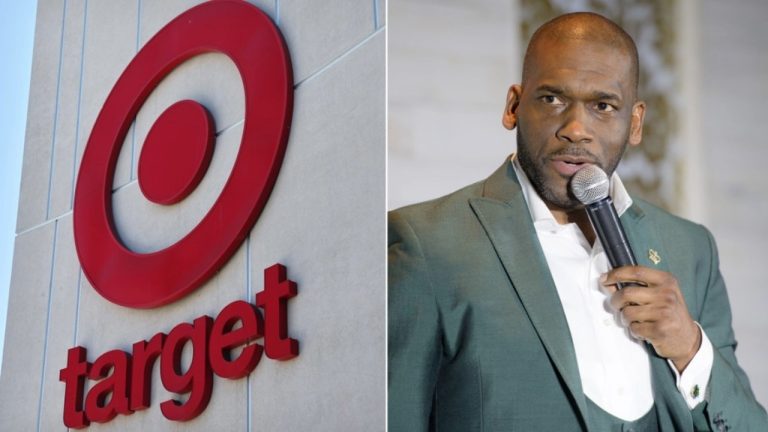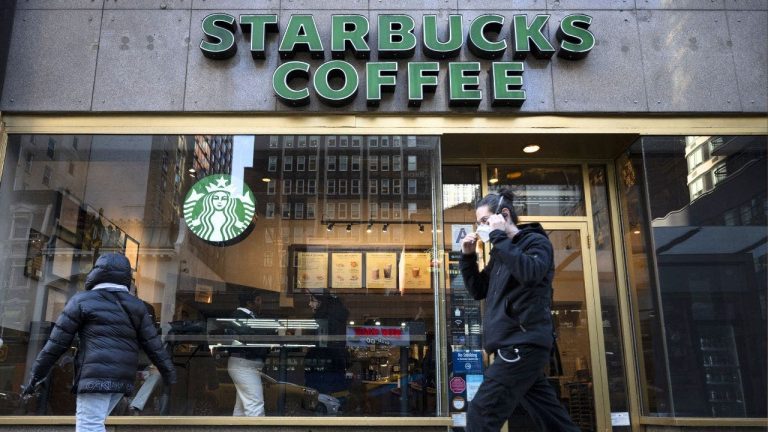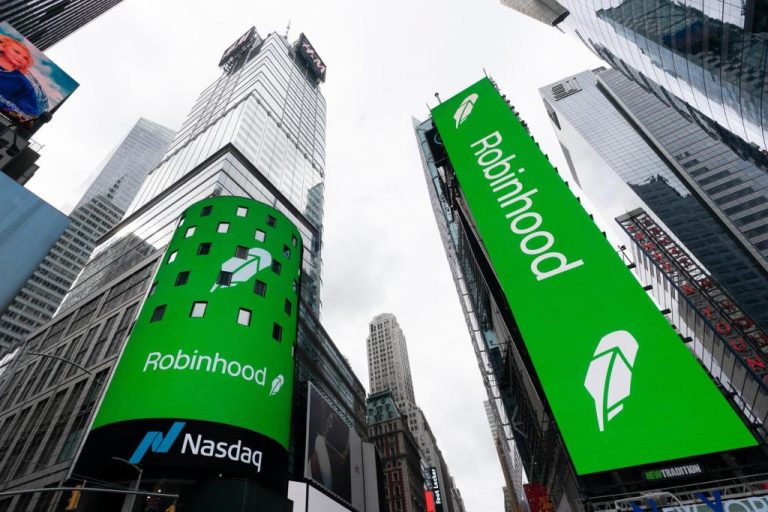
The DWP has clarified its position on the state pension after an MP pointed to a large payment gap.
Conservative MP Gregory Stafford asked the Government what steps they were taking to “reduce the difference between the minimum wage and the state pension”.
The full new state pension currently pays £221.20 a week, or £11,502.40 a year. The National Living Wage for those aged 21 and over, which is the minimum that employers have to pay, is £11.44, the equivalent of £20,820.80 a year working full time at 35 hours a week.
This means the National Living Wage currently pays £9,318 a year more than the full new state pension. The payment gap will increase from April, as the state pension payments are increasing 4.1% in line with the triple lock, while the National Living Wage is going up 6.75%.
With the new rates, the full new state pension will rise to £230.25 a week, or £11,973 a year, while the National Living Wage will go up to £12.21 an hour, or £22,222.20 a year at the full-time rate, a difference of almost £10,250 a year.
Treasury minister Darren Jones provided a response saying that the state pension is “the foundation of state support for older people”.
He added that people need to take responsibility to be ready financially for their retirement, explaining that “to ensure financial security in later life, individuals are expected to save for their retirement”.
He explained that the Government “is committed” to the triple lock for the duration of this Parliament, which guarantees the state pension increases in line with the highest of 2.5%, the rise in average earnings or inflation.
This metric has delivered sizeable increase to the state pension in recent years including an 8.5% boost last year in line with earnings, and a record 10.1% hike in April 2023 thanks to soaring inflation.
Mr Jones also said the Government “provides generous pensions tax relief to enable savings”. Workers get 20% tax relief on pension contributions, meaning for a workplace pension the pension provider claims back this amount from the Government when paying into your pension.
The minister also said: “Over the course of this Parliament, the yearly amount of the full new state pension is currently forecast to go up by around £1,900, based on the Office for Budget Responsibility’s latest forecast.”
State pension payments are confirmed to go up 4.1% this April using the earnings element of the triple lock, with experts now wondering if it will go up next year in line with either earnings or inflation.
Mike Stimpson, partner at wealth management firm Saltus, said it’s difficult to predict which will be the key figure as the economic situation “remains uncertain” for the months ahead.
He said: “The combination of the base rate cut, falling job vacancies, and weak growth forecasts presents a mixed picture for wage growth.
“However, the latest data suggests that wages may be keeping pace with or even exceeding inflation, which could influence the triple lock decision.”







